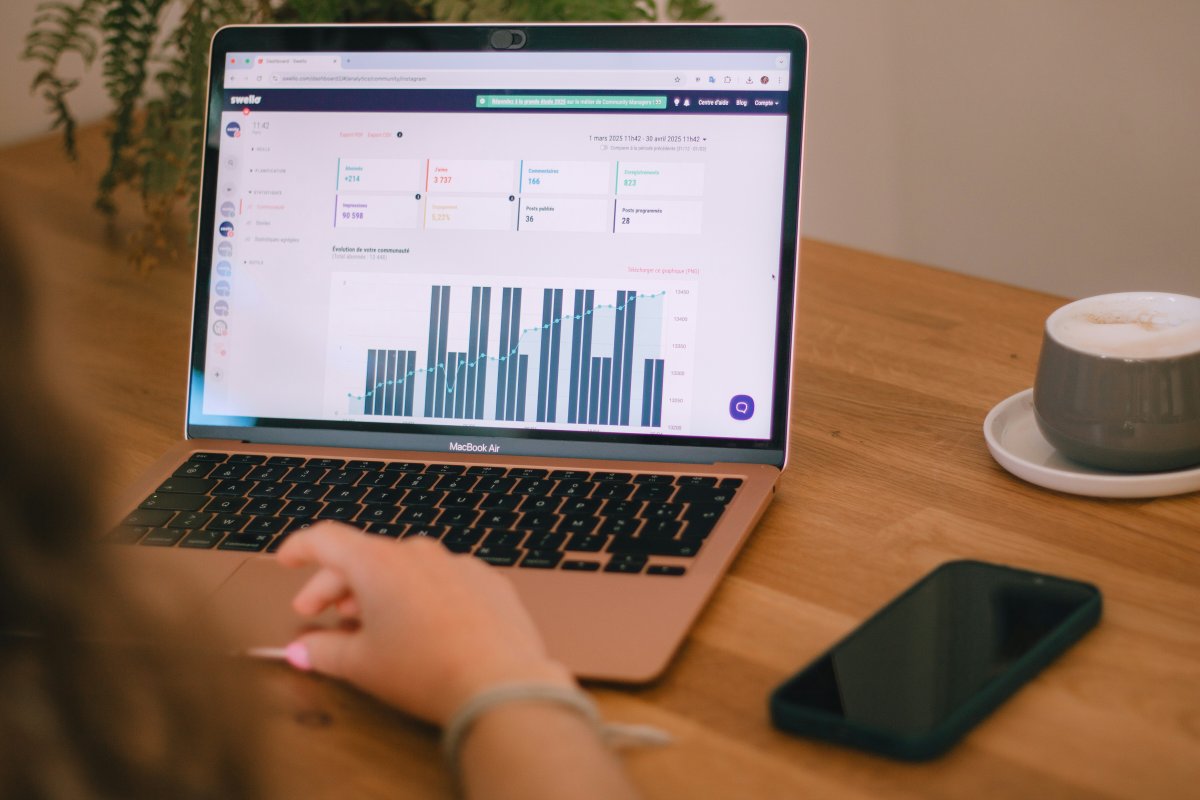The world of work is changing faster than ever. Automation, artificial intelligence, and hybrid work models are transforming how organizations function, while skills gaps continue to widen across industries. In this environment, relying on gut instinct or outdated HR practices is no longer enough. Leaders need sharper insights, faster decision making, and stronger predictive capabilities. This is where Talent Intelligence comes in, a data driven approach to understanding, developing, and retaining your workforce.
What is Talent Intelligence?
Talent Intelligence refers to the use of workforce data, analytics, and AI tools to gain actionable insights into people and organizational trends. It goes beyond simple HR metrics like headcount or turnover rates. Instead, it enables leaders to answer critical questions such as:
- Which skills will our organization need in the next 2 to 3 years?
- Where are we most at risk of talent shortages?
- What training investments actually deliver business results?
- Who in our workforce shows potential for leadership roles?
By combining internal HR data with external labor market insights, talent intelligence provides a 360 degree view of people development.
Why Talent Intelligence Matters Now
The urgency of adopting talent intelligence is clear. According to Gartner, 43% of HR leaders say their organizations struggle with workforce planning because they lack reliable skills data. Meanwhile, LinkedIn’s Global Talent Trends report shows that skills for jobs have changed by nearly 25% since 2015, and that number is expected to double by 2027. Without real time intelligence, organizations risk investing in the wrong areas or losing top talent to competitors.
In fact, a Deloitte study found that companies leveraging people analytics are 82% more likely to outperform peers in productivity and 3x more likely to achieve positive talent outcomes. The message is undeniable, data driven HR decisions drive measurable business results.
Real World Examples of Talent Intelligence in Action
- Unilever uses talent intelligence platforms to forecast future skills needs across global markets. This allows them to proactively reskill employees instead of reacting to shortages.
- IBM leverages AI powered talent analytics to match employees to internal career opportunities, reducing external hiring costs and increasing retention.
- Amazon applies predictive analytics to monitor turnover risk among frontline workers, allowing managers to address issues before they escalate.
These companies show that talent intelligence is not just about collecting data, it is about turning data into decisions that move the business forward.
The Benefits of Data Driven Talent Development
- Proactive Workforce Planning – Anticipate future skill gaps instead of scrambling to fill them.
- Better Learning ROI – Use data to identify which training initiatives actually improve performance.
- Increased Retention – Predict turnover risk and intervene before top talent leaves.
- Smarter Hiring – Combine internal data with labor market analytics to target the right candidates faster.
- Leadership Pipeline – Spot high potential employees earlier and prepare them for future roles.
Overcoming the Challenges
Of course, implementing talent intelligence is not without hurdles. Organizations often face fragmented data systems, a lack of analytical skills in HR teams, and concerns around data privacy. To overcome these challenges:
- Invest in HR technology platforms that integrate data across recruitment, learning, performance, and engagement.
- Upskill HR professionals in data literacy and analytics.
- Establish clear data governance policies to protect employee trust.
The Future of Talent Intelligence
Looking ahead, talent intelligence will only become more sophisticated. With advances in AI, organizations will be able to predict emerging skill needs, personalize learning paths at scale, and create truly agile workforces. According to PwC, 72% of business leaders believe AI will fundamentally change how they attract and retain talent by 2030. The question is no longer whether organizations should adopt talent intelligence, but how quickly they can do so.
Final Thought
In the age of disruption, talent intelligence is not a luxury, it is a necessity. Organizations that build strong data driven people strategies will have the edge in innovation, productivity, and employee engagement. Those that do not risk being left behind in the talent race.
At AccelerLearn, we believe data should empower HR leaders, not overwhelm them. That is why we provide insights and tools that help organizations make smarter talent decisions and future proof their workforce.
Share on Social Media